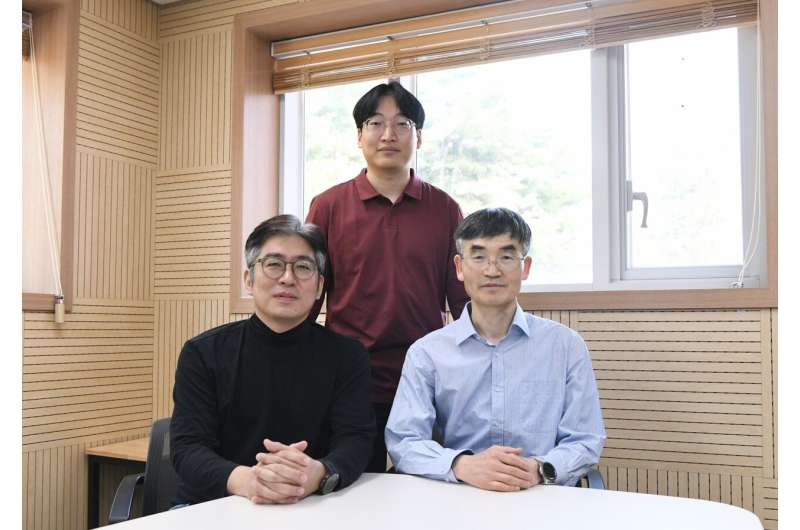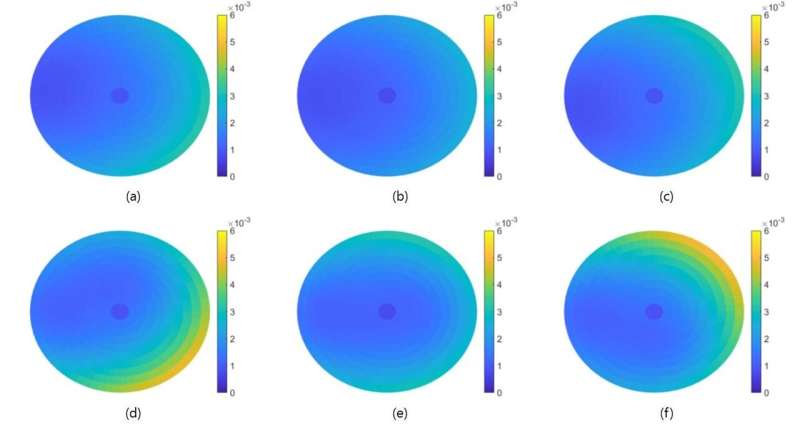The Korea Research Institute of Standards and Science has established standards that can reliably verify the performance of Korea’s developing 6G low Earth orbit satellite communication system.
Recently, the communication paradigm is shifting to three-dimensional communication utilizing both air and space. While two-dimensional communication faces limitations in areas such as mountainous regions and oceans where base stations are difficult to build, three-dimensional communication can provide fast services anytime and anywhere without blind spots. Even in the event of war or disasters that disrupt ground-based networks, communication can be maintained stably.
6G low Earth orbit satellites, which relay data at altitudes close to Earth’s surface (between 200 km and 2,000 km), are a core infrastructure for three-dimensional communication. A representative commercial example is the “Starlink” system, which is being built by SpaceX in the United States. Korea also launched its first domestically developed small low-Earth-orbit satellite, “NEONSAT 1,” in April last year as part of the effort to build a “Korean-style Starlink.”
For the successful commercialization of 6G low Earth orbit satellite communication, standards that can accurately measure and evaluate communication quality are essential. However, until now, there has been no established measurement standard for our 6G low Earth orbit satellite communication system, making it difficult to reliably verify the technology of domestically developed satellites.

The KRISS Electromagnetic Wave Metrology Group has developed an electromagnetic wave impedance measurement standard for waveguides, which are key components of 6G low Earth orbit satellite communication systems.
A waveguide is a structure that transmits electromagnetic waves along a specific path, capable of delivering high-frequency signals with minimal loss and excellent durability. It is used as the signal transmission channel in satellite communication systems. The research team prioritized establishing an impedance measurement standard for the X-band (8–12 GHz) frequency range, which is used in domestically developed small low Earth orbit satellites.
This development of the measurement standard will significantly enhance the technological reliability of components used in domestically developed low Earth orbit satellites. With precise measurement standards, various performance indicators—such as signal strength, latency, and propagation loss—can be quantitatively assessed during the satellite’s prototype phase, leading to improvements that enhance quality.
In addition, by accurately predicting the required communication output for satellite components, custom designs can be made, which will help reduce unnecessary costs and shorten the development timeline.

KRISS has also developed waveguide impedance calibration technology to distribute the newly established measurement standards to the industrial sector. In the past, calibrating network analyzers used for impedance measurement required sending equipment overseas, which was time-consuming and costly. However, with the new domestic technology, accurate calibration can now be performed at a lower cost.
Dr. Cho Chi Hyun, Principal Research Scientist of the KRISS Electromagnetic Wave Metrology Group, stated, “The standard developed this time can be applied not only to satellite communication, but also to all fields where waveguides are used, such as radar systems and aircraft.”
He added, “We will continue to establish electromagnetic wave measurement standards needed by domestic industries and the defense sector, contributing to the enhancement of national industrial competitiveness.”
This research was published in February in the journal IEEE Transactions on Instrumentation and Measurement.
More information:
Chihyun Cho et al, A New Short-Shim-Thru Calibration Method to Replace SOLT in Waveguide Measurement Systems, IEEE Transactions on Instrumentation and Measurement (2025). DOI: 10.1109/TIM.2025.3545722
Citation:
Establishing electromagnetic wave measurement standards to ensure the performance of Korea’s Starlink (2025, May 16)
retrieved 16 May 2025
from https://techxplore.com/news/2025-05-electromagnetic-standards-korea-starlink.html
This document is subject to copyright. Apart from any fair dealing for the purpose of private study or research, no
part may be reproduced without the written permission. The content is provided for information purposes only.

